We are constantly surrounded by thermoformed plastic packaging, which plays a key role in protecting and displaying products and transporting goods, including the products we use every day, whether it is a tray for breakfast pastries or a sturdy packaging that protects fragile products. The packaging is all made using thermoforming manufacturing process. But what does this actually involve? How does a packaging idea become a reality? In this blog post; we will explain its creation step by step so that you can understand not only why it is great at protecting products during shipping, but also how good they look.
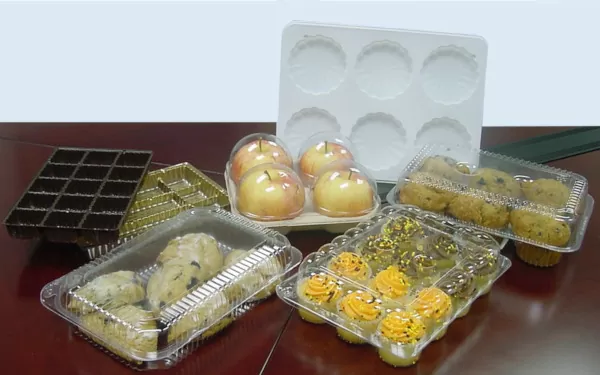
What is Thermoformed Packaging?
Before we get into the packaging production process, let’s take a moment to understand what thermoformed packaging actually is. Rather than using a pre-made mold like traditional packaging methods, thermoforming starts with a plastic sheet of plastic and heats it until it becomes pliable. These sheets can be formed into an almost infinite variety of forms by one or more processes: vacuum forming; pressure forming; mechanical forming – choose the one that suits best! The result is a 3D package designed to precisely support the product.
There are several thermoforming methods used in actual production: differential pressure molding, cover molding, plunger-assisted molding, suction back molding, opposite mold molding, female mold and male mold thermoforming, thin gauge thermoforming, thick gauge thermoforming and twin sheet forming.
Benefits of Thermoformed Packaging
Thermoforming offers many advantages, including the flexibility to be able to handle complex designs or shapes; cost savings compared to materials such as glass packaging plus metal cans, as they are lighter and therefore less expensive to ship; customization options mean thermoforming Can be customized specifically for individual items.
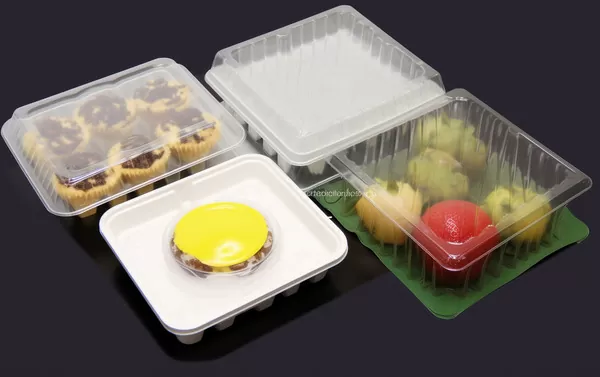
Sustainability in Thermoforming
The packaging industry is feeling the rush to become more environmentally friendly, and like injection molding, thermoforming is feeling it too. Thanks to advances in technology and materials science, there are now options that are biodegradable or recyclable – meaning thermoformed packaging may be a more environmentally friendly option than ever before.
The Thermoforming Process Unveiled
What does it really take to create a piece of thermoformed packaging? From the initial design to the industrial thermoforming equipment used, we'll examine every step of the way.
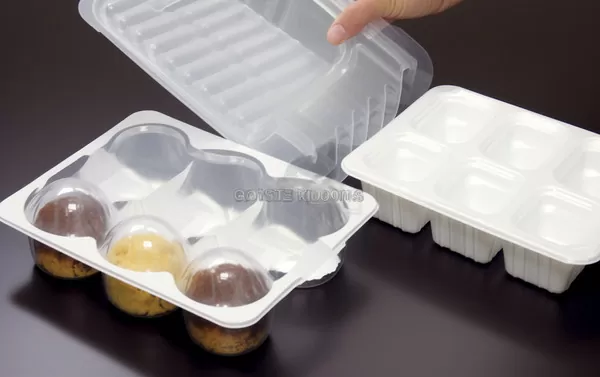
Designing Your Thermoformed Packaging
The first step is to understand the type of packaging you want. This might come from your own team of designers and engineers, or you might get a concept developed by a client. At this stage it is important that any final packaging meets certain criteria: the packaging needs of the product; how you want your customers to perceive the item + brand through their packaging choice. Designers use special programs like computer-aided design (CAD), which allow them to make three-dimensional models on a screen, so they can try out ideas before actually creating anything.
Material Choice and Sourcing
The next step is to choose materials. This decision depends on several factors, such as what is the product, how safe is it for consumers under regulations, and any environmental concerns that may exist? Thermoforming usually works with PET(polyethylene terephthalate), PP or PS type plastics, all of which are available in thermoplastic sheet form; which company to choose depends largely on their own preferences! It can be said that whatever they end up using must be of high quality, otherwise the final product may have quality issues.

Mold Creation
Once the design and material selection is complete, the mold can be manufactured. Mold material options include composites such as aluminum, wood or fiberglass - you can use these to make multiple units (such as ice cube trays) if required, but still complex designs will require a matched mold forming process. This is important at this stage because any defects present in these molds may show up on the subsequent finished product.
The Forming Process
Although thermoforming machines vary in complexity and size, they all operate on the same basic principles. Initially, the plastic mass is heated until it reaches the ideal temperature: this allows flexibility without losing quality. Next, vacuum suction, compressed air, or mechanical devices are used to shape the material as desired around the mold. Finally, once this is successfully achieved there will be no wrinkles etc and rapid cooling will occur so that when removed from these molds the packaging will retain its desired shape.
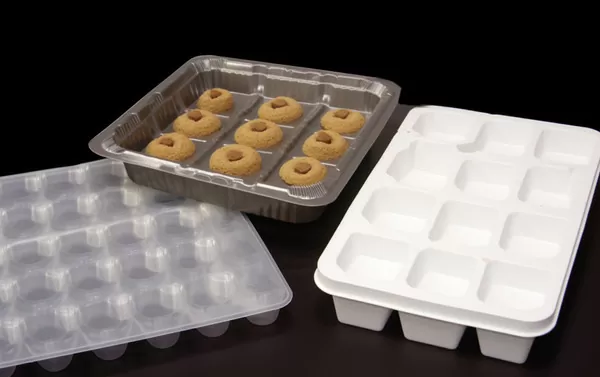
Trimming and Embellishment
Once the package is formed, it remains attached to the mold and remains connected to excess material. An edge trimming press is needed to build it up, removing the excess plastic to get a neat edge. Decorations such as in-mold labeling (IML), adding textures or printing can also be done during this process, adding further value to existing products that only have a basic shape/structure.
Quality Control in Thermoforming
Maintaining consistent quality is essential in the thermoforming processes. Each step is checked and re-checked to ensure the final packaging meets the highest standards.

Inspecting the Thermoformed Packaging
Whether it’s thin or thick plastic sheets, shape accuracy or surface defects – every unit coming off our molding lines is inspected. This may involve a combination of automated systems and human operators working side by side to determine if there are any issues with the items and then correcting them as needed.
Ensuring Food Safety
A large amount of thermoformed packaging is used exclusively for food packaging. To prevent any kind of contamination, very strict safety measures must be followed. These include using only materials approved by the FDA as safe for consumption and ensuring that all packaging is properly sealed so that air or other substances cannot get inside and damage the contents.

Thermoformed Packaging Applications
The versatility of thermoformed packaging lends itself to a wide range of applications across various industries.
1. Food Industry
The food industry relies heavily on thermoformed packaging to ensure products stay fresh while being easy to transport and looking great! Whether you want a meat tray or a small pot of yogurt, thermoformed products are your best choice when it comes to enhancing appeal.
2. Medical and Pharmaceutical
Medical and pharmaceutical packaging is a highly precise and sterile process. Thermoformed packaging provides the precision needed to create single-use containers, medical trays and secure seals to maintain the integrity of sensitive products from manufacturer to end user.

3. Electronics and Consumer Goods
Thermoformed blisters and clamshells are often used when packaging electronics and other consumer products that need to be protected but still visible. These types of packaging both provide visibility (so shoppers can see exactly what they are purchasing) and prevent damage during shipping or if handled improperly in stores.
The Evolution of Thermoformed Packaging
The thermoforming industry doesn't sit still. It evolves with technological advancements, consumer demands, and regulatory changes.
1. Technological Advances
The use of automation and robotics in thermoforming is growing because they can help increase speed (efficiency) and accuracy at a lower cost than hiring human workers alone. Another technology, 3D printing, could also have potential use here - for example making prototypes or facilitating quick changes between different molds.
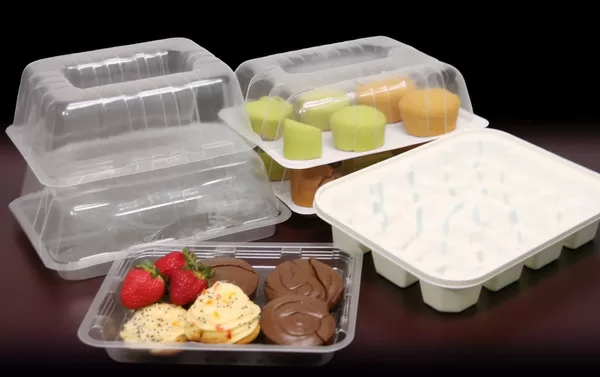
2. Customization and Personalization
Digital printing and labeling technology has made it easier than ever to customize packaging – a development that is sure to appeal to any company that wants to stand out from its competitors while also wanting to connect with its customers.
3. Environmental Responsibility
Biodegradable materials, reduced energy use, and closed-loop recycling processes are part of thermoformers’ efforts to reduce their ecological impact—sustainability moves from a word of mouth to a must-do.
Post-Forming Processing and Assembly
The process of thermoforming packaging goes beyond forming and trimming. To ensure that a package is ready for its intended use, additional steps may often be required.
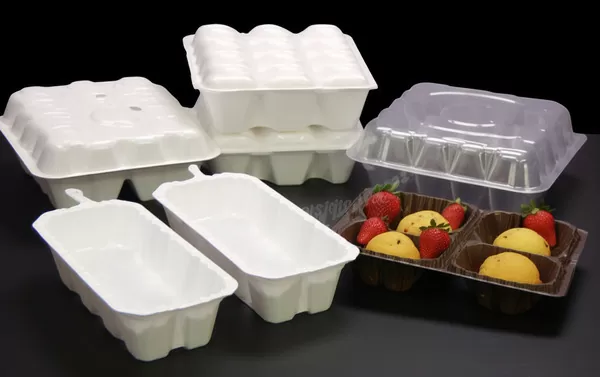
1. Sealing and Lidding
If the product requires an airtight environment (such as perishable food or medical equipment), sealing/closing must be added to such packaging after forming and trimming. This may involve the use of heat sealing techniques; or pressure sensitive adhesives may be used, etc., all designed to ensure that the interior cannot accidentally escape.
2. Assembly and Fulfillment
Sometimes, the thermoformed packaging itself is only an integral part of the final product. These components must be assembled together before they can function adequately on their own in the most urgent need. This assembly can be done manually or through an automated process to save time and costs.
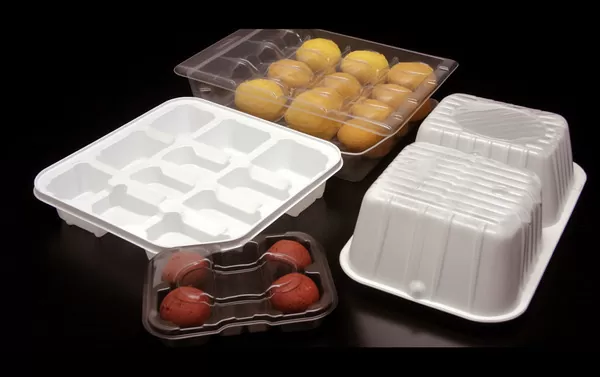
From the Supplier to the Consumer
Once the thermoformed packaging is complete, the real journey begins—the movement from the supplier to the consumer’s hands.
1. Shipping and Logistics
Logistics oversees the movement of packaging materials from manufacturers to packers and then to end users or distributors. This includes warehousing, shipping, inventory control and order fulfillment – all done in the most environmentally friendly and cost-effective way possible.
2. Display and Presentation
For retail goods, the way the goods are displayed determines the success or failure of sales. In many cases, thermoformed packaging not only protects the product inside; It can also boost sales by grabbing people's attention and showing them what they are buying.
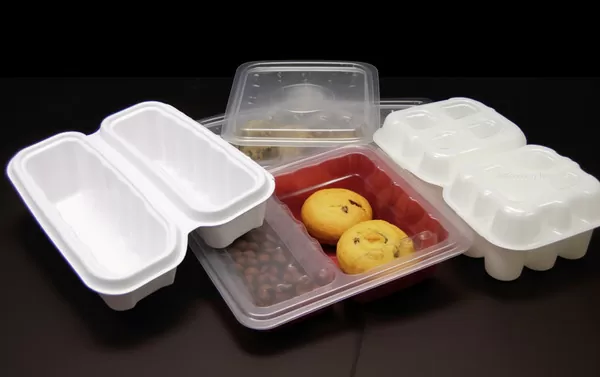
3. Recycling and End of Life
Thermoformed packaging can often be recycled, contributing to the circular economy. Manufacturers and consumers must take responsible disposal measures after using this product, which not only reduces waste but also conserves resources.
The Future of Thermoformed Packaging
Looking ahead, the future of thermoformed packaging is one of innovation and adaptation.
1. Anticipating Market and Consumer Trends
For any business hoping to succeed in the current environment, adapting to market trends is crucial, and this also applies to packaging strategy. As consumer demands continue to change, companies need to be flexible enough to adjust not just how their packaging looks, but how they are made, to meet changing needs, whether through new materials, designs or features.
2. Integration of Smart Technologies
The use of advanced packaging technologies such as QR codes, RFID tags and NFC chips is changing the functionality of thermoformed packaging. This means it is now easier to track packages along the supply chain, and there are interactive rewards for consumers.
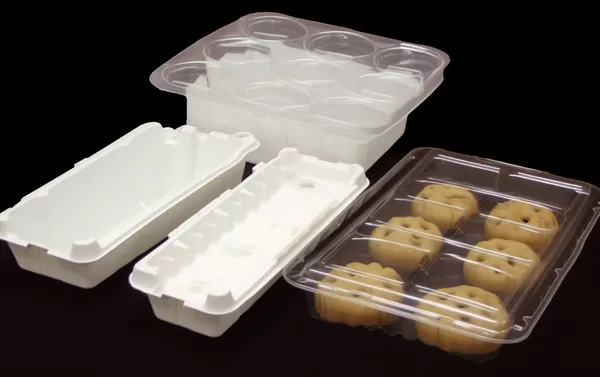
3. Continuous Improvement and Sustainability
Sustainability and continuous improvement of manufacturing processes will continue to be important factors in the industry. As environmental awareness grows, thermoformers are working hard behind the scenes to come up with new ideas, conduct testing, and implement action plans aimed at reducing their ecological footprint.
Conclusion
The thermoforming packaging process is a complex combination of creativity, knowledge and technology. It plays a vital role in how products are delivered to consumers, while also shaping their experiences and opinions. Whether we realize it or not, every piece of packaging on supermarket shelves or in our homes is designed this way, and for good reason: whether it’s to protect electronic devices during transport so nothing gets damaged; to make sure when someone buys a salad from lunchtime , their food is still fresh. Thermoforming does all this work invisibly and behind the scenes, effortlessly adding value everywhere.




